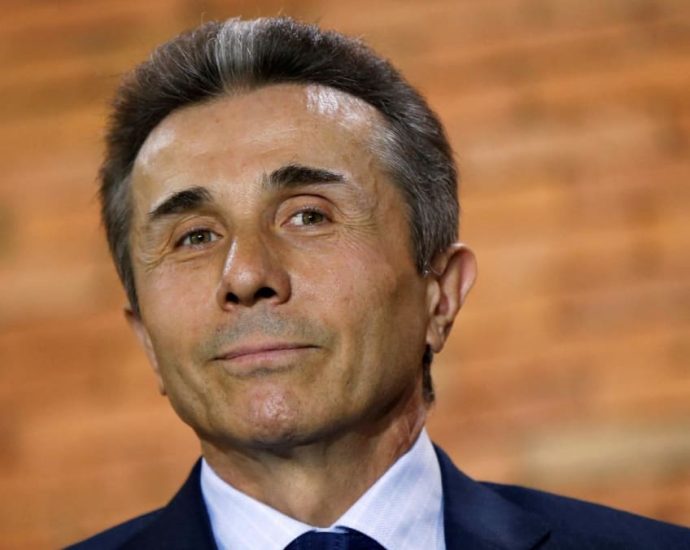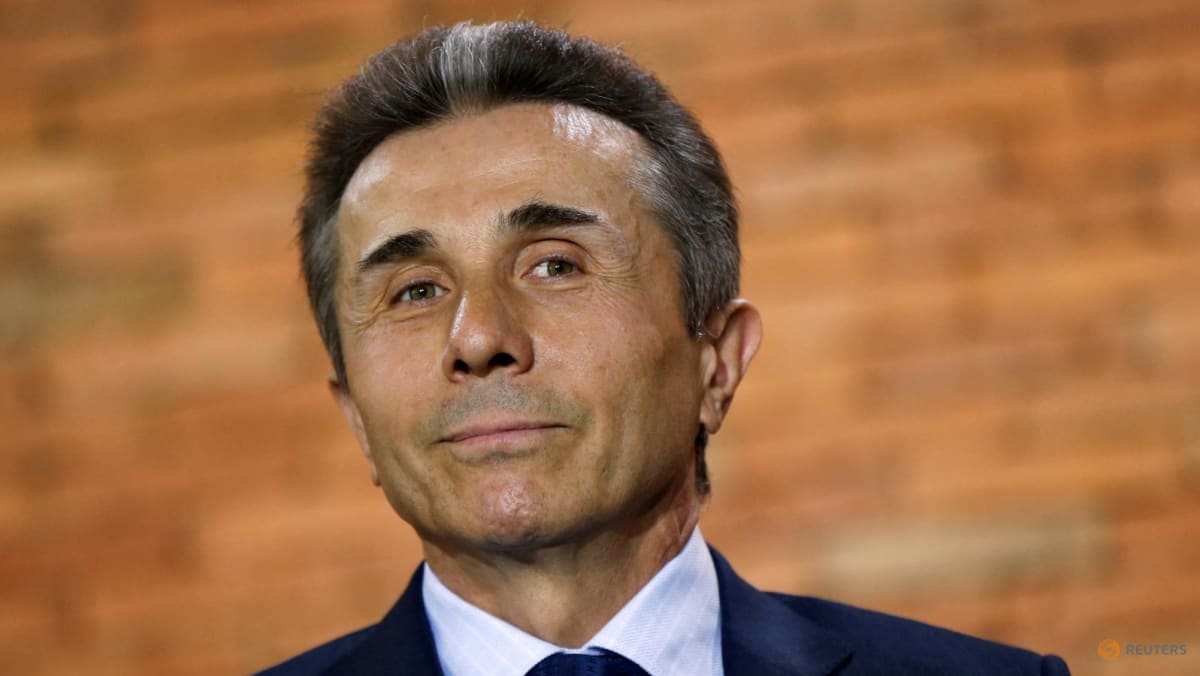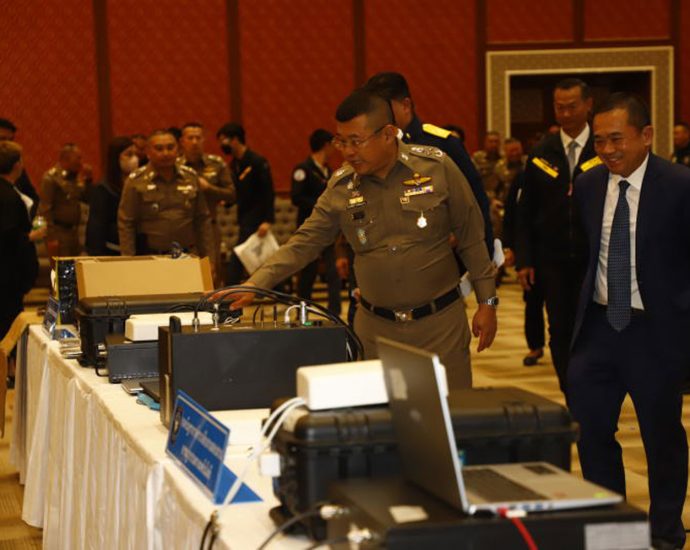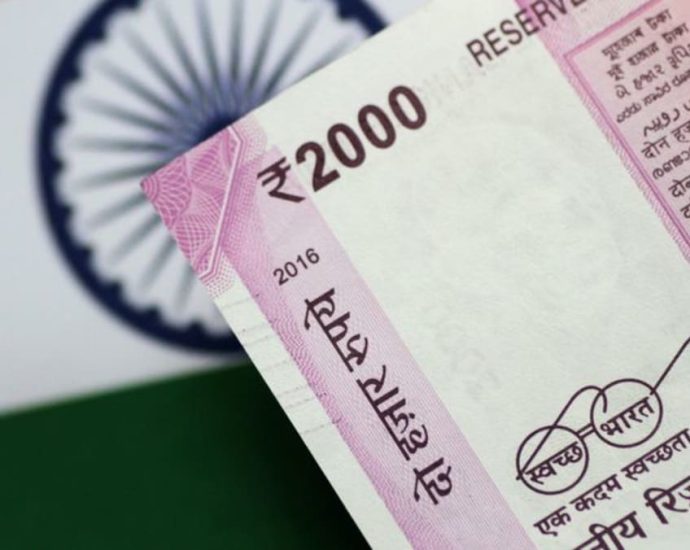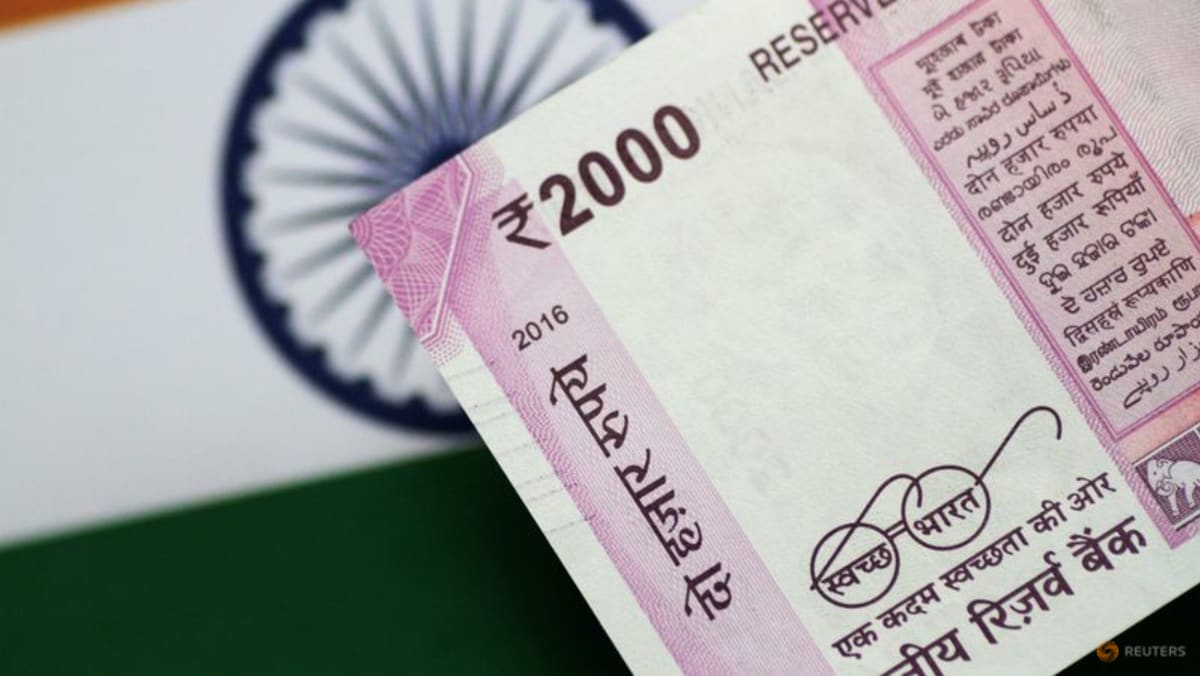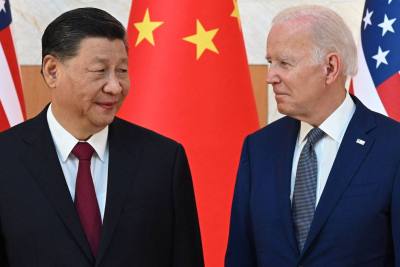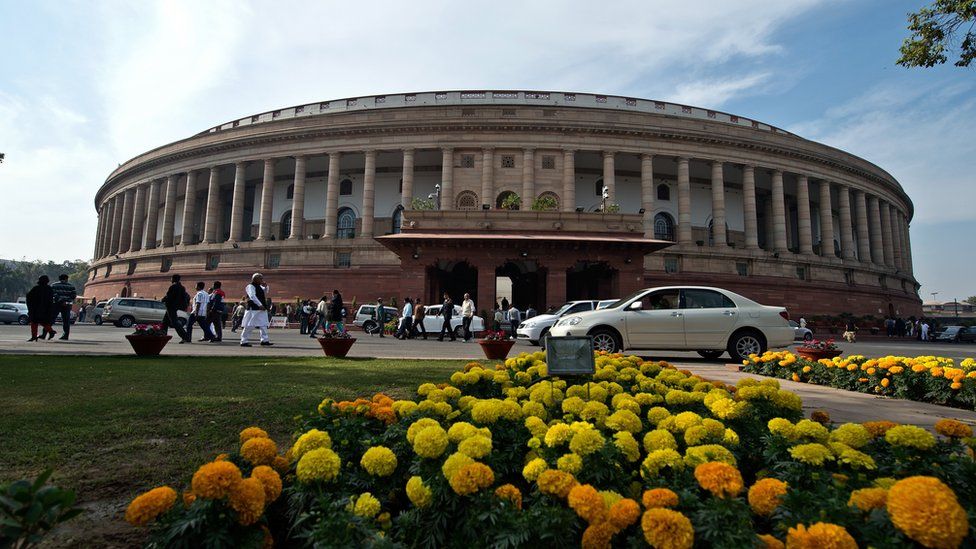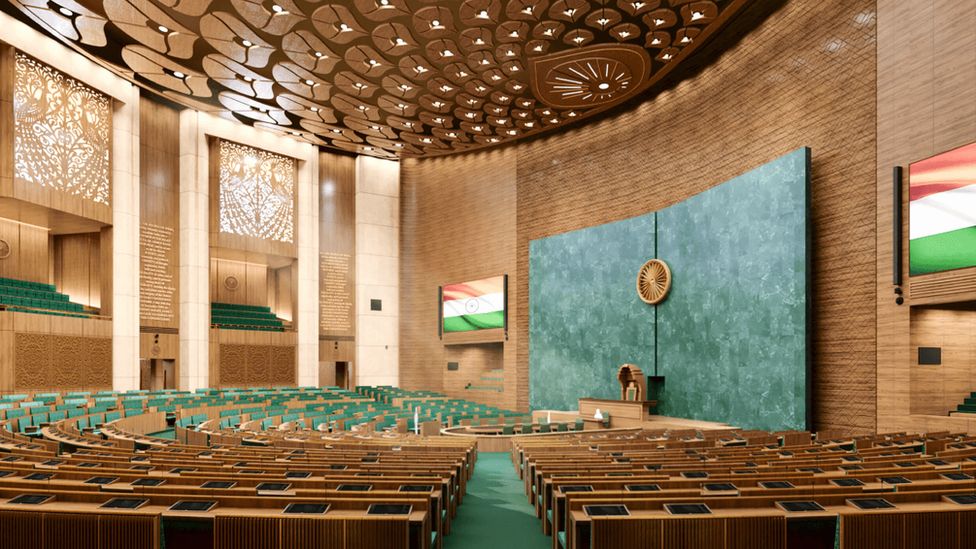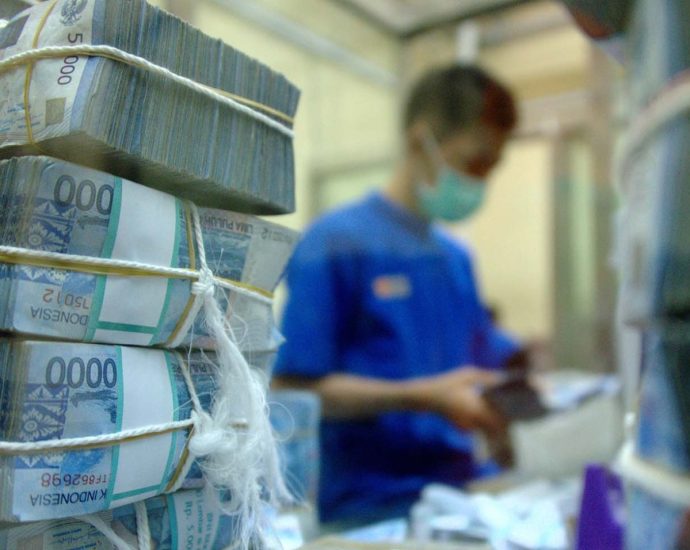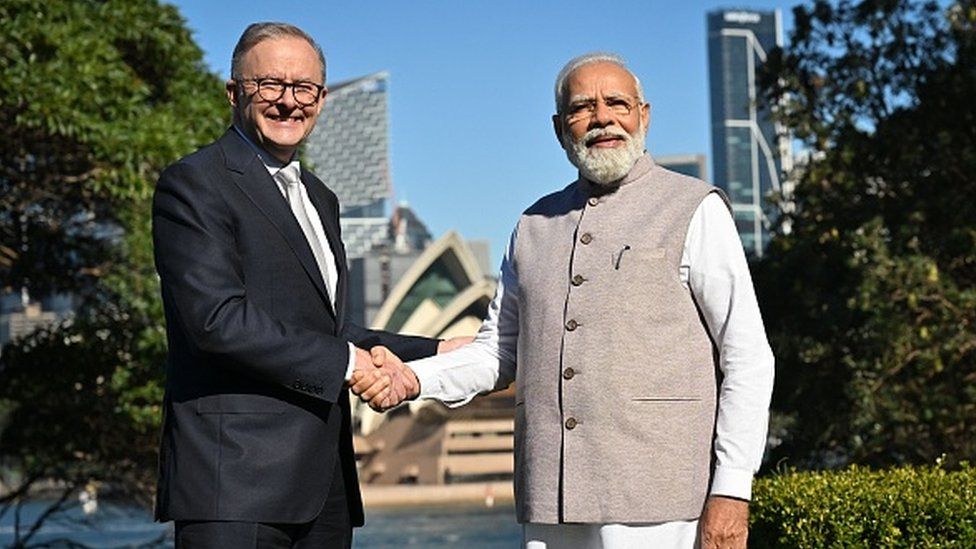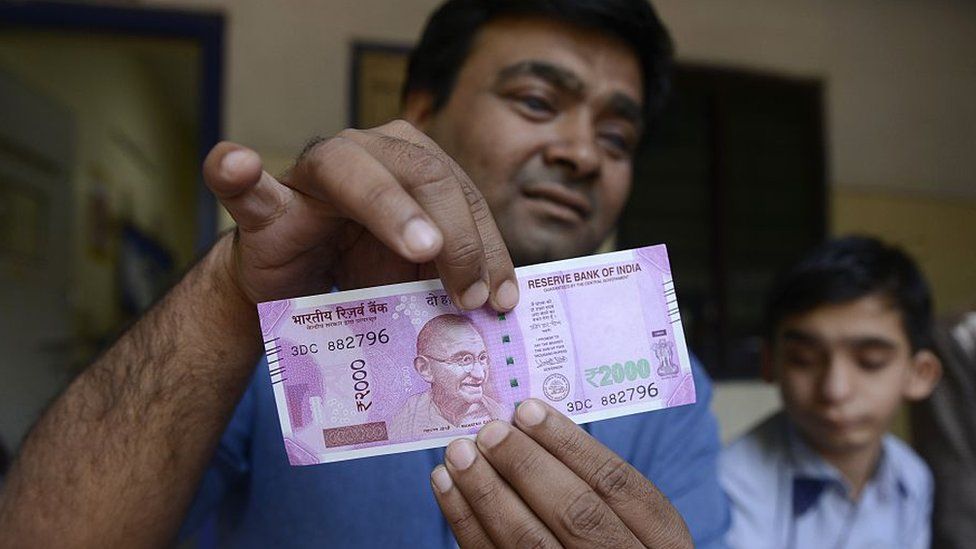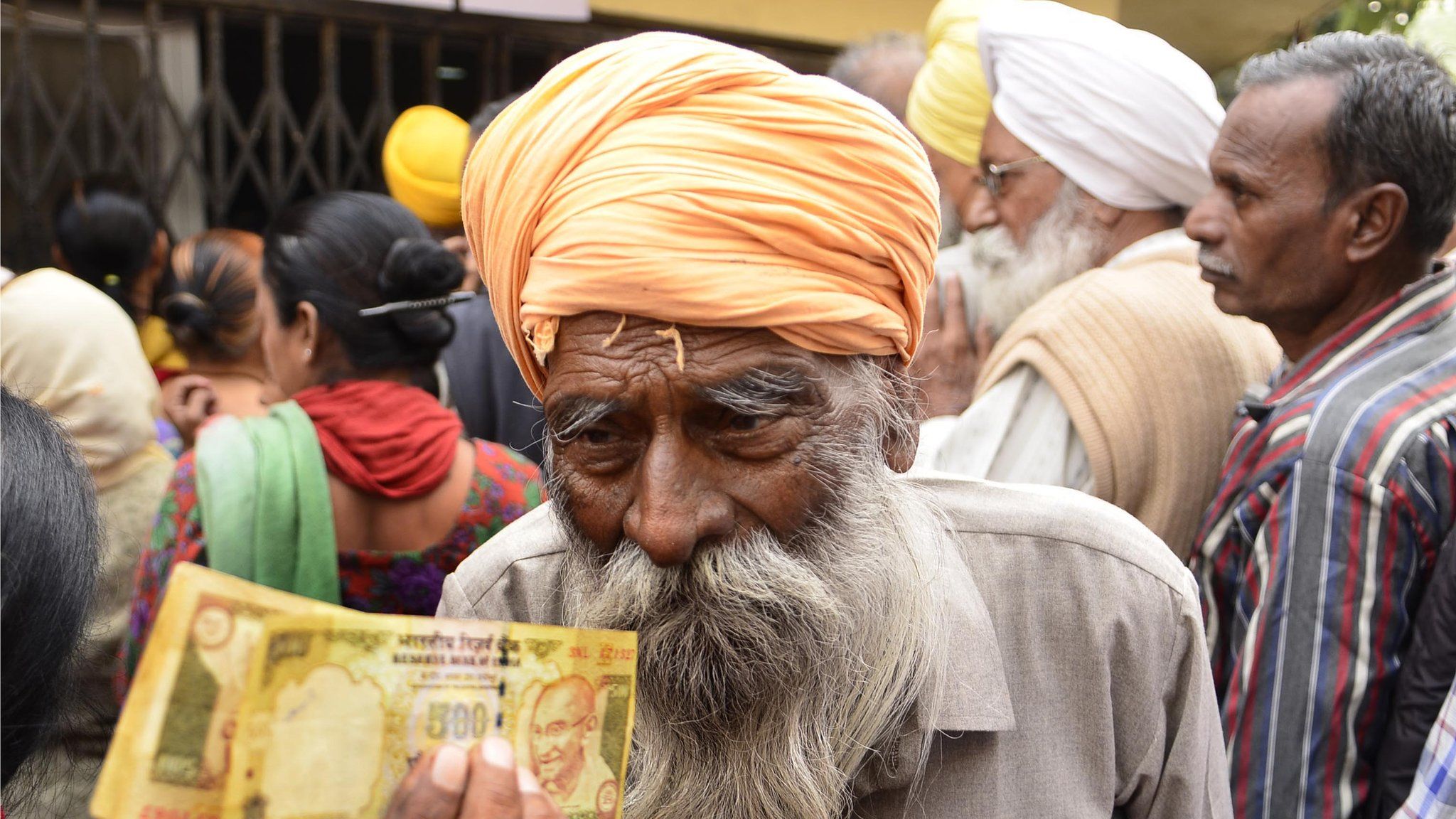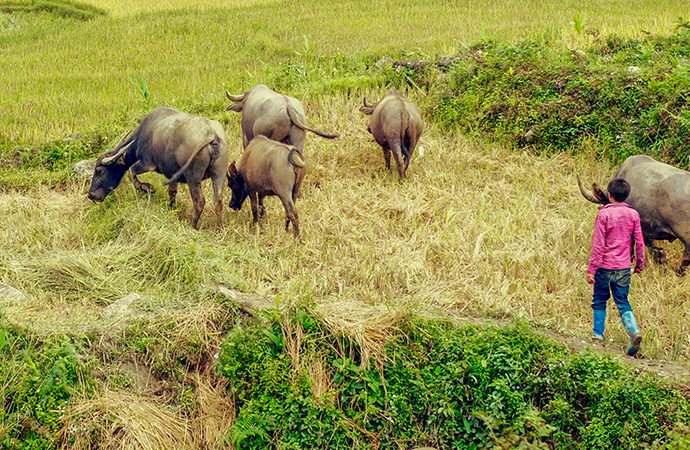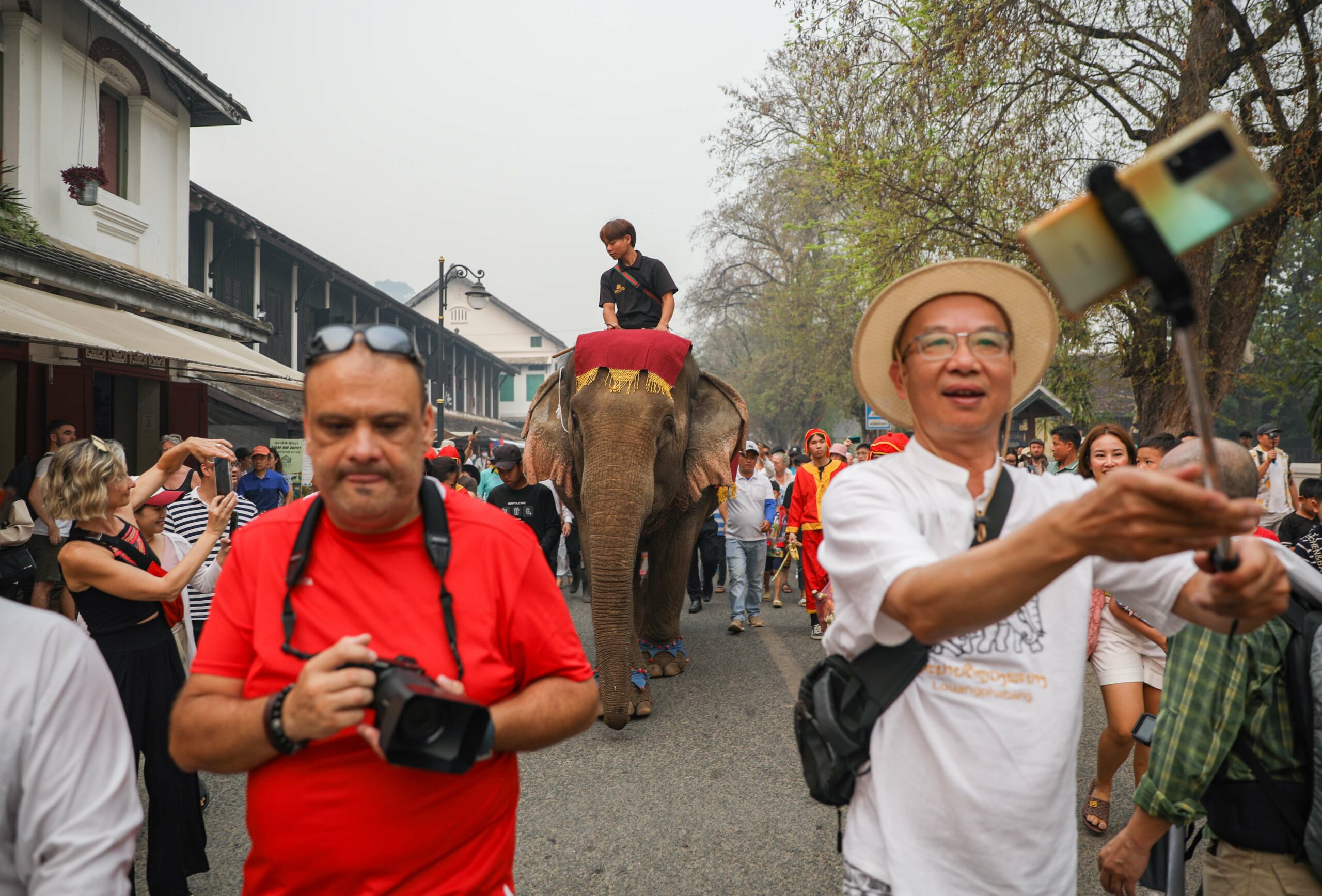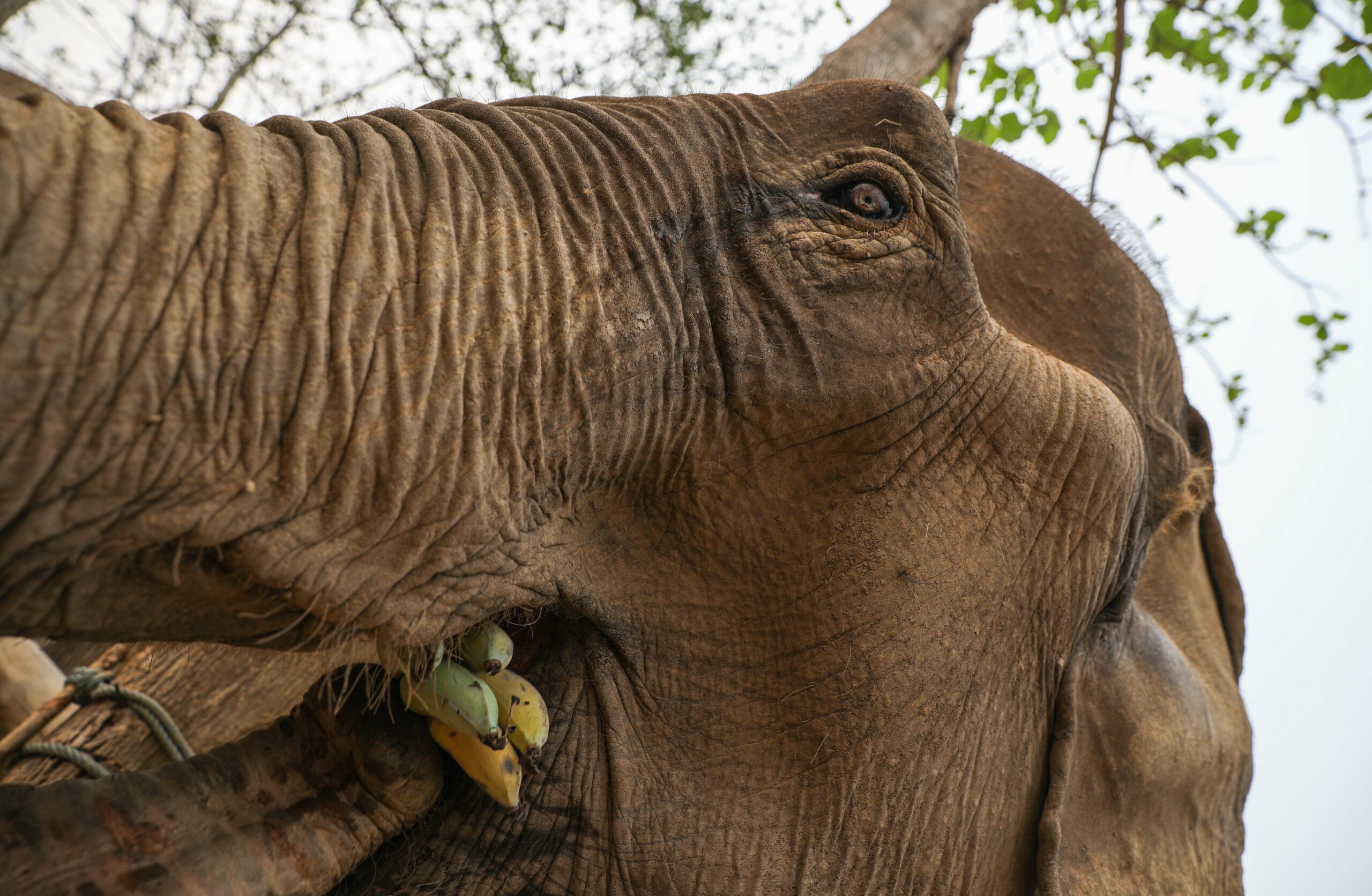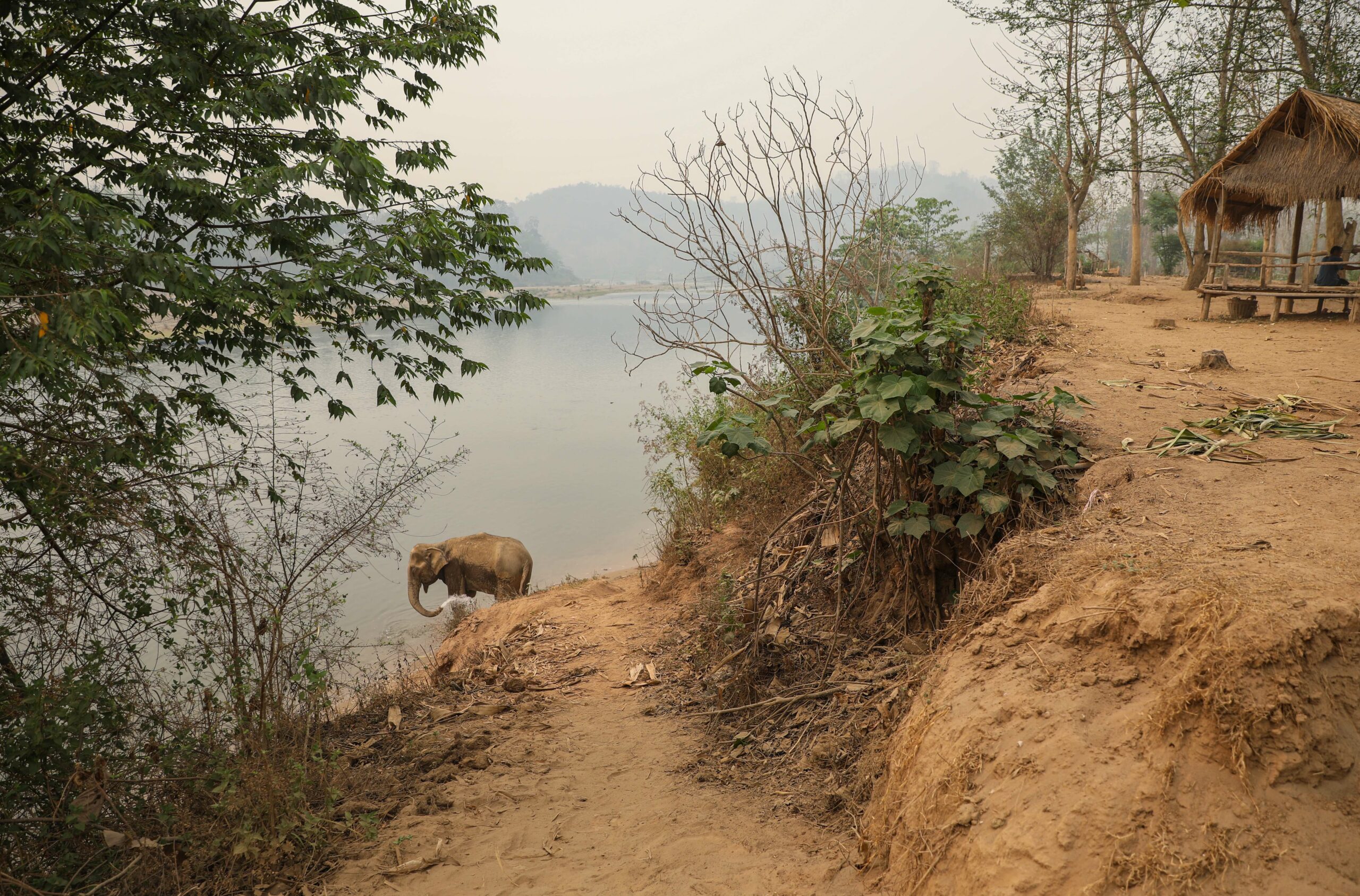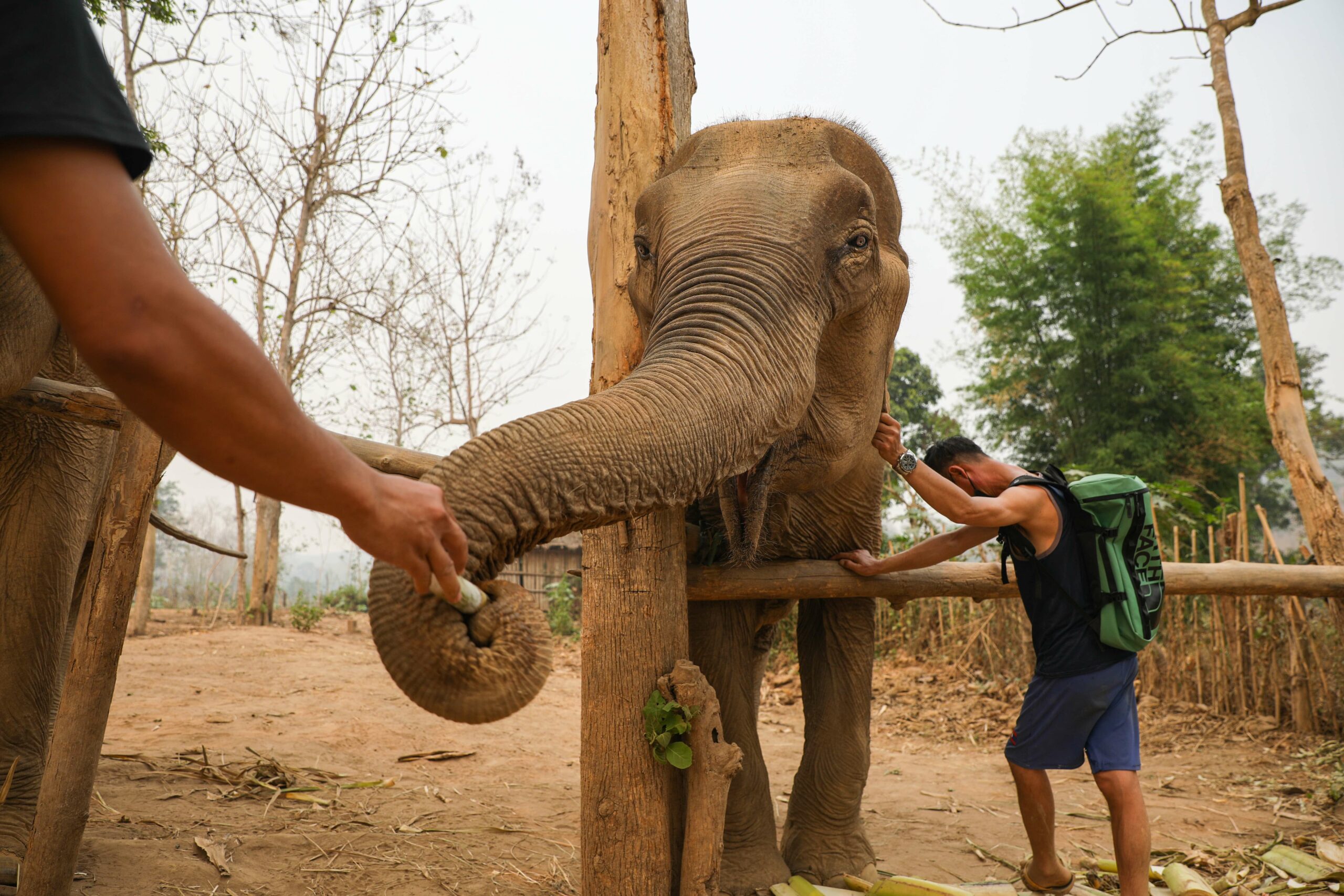IPL 2023: Who are India’s next cricketing stars?
 Getty Images
Getty ImagesThe Indian Premier League (IPL), apart from being lucrative, has been an excellent platform for uncapped players to fast-track their careers into the international arena. Like past editions, this year too uncapped players have dazzled in the IPL, putting forward their case for a selection in Team India. Sports writer Sattwik Biswal takes a look at five such promising players.
Rinku Singh
Kolkata Knight Riders (KKR) finished seventh in IPL 2023 but their campaign was all about Rinku Singh. Each time he walked out to the crease, his team and fans expected him to finish games. He he delivered that in some close run chases.
One such memorable game was against the Gujarat Titans. Leg spinner Rashid Khan had dented Kolkata’s run-chase with a hat-trick. A win from that position looked far-fetched. But Singh had other plans.
When Kolkata needed 29 from the last over off Yash Dayal, a single off the first ball got Singh back on strike. The left-handed batter then hit five consecutive sixes to pull off a stunning win for Kolkata.
The KKR made the right call by retaining him for 5.5m rupees ($66, 521; £53,709 ) this season, however, his stocks are bound to rise when the next auction comes around.
In IPL 2022, Singh scored 174 runs from seven matches at an average of 34.8 and his strike-rate was 148.71.
This season, he played every match at the group stage and scored 474 runs at an average of 59.25 with a strike-rate of nearly 150.
He cut his teeth in domestic cricket by playing some 100 matches for Uttar Pradesh. With his stupendous show this season, Singh has definitely made a statement and his claim for a spot in the national side looks promising.

Tilak Varma

The batting exploits of Tilak Varma this IPL have forced people to take note of his talent.
His reading of the situation and ability to take off from the word go has given solidity to Mumbai Indians’ (MI) middle-order.
Despite missing out on the second half of Mumbai’s campaign due an injury, Varma scored 274 runs from nine matches at an average of 45.67 and a strike-rate of 158.38.
Bought by the MI for 17m rupees, the left-handed batter, who plays for Hyderabad in domestic cricket, is a strong contender for an India call up.
“I would be very surprised if he does not play T20 cricket for India in the next six to eight months,” former player and India coach Ravi Shastri told Star Sports.
“He’s got the maturity, he’s got the flair. He will make a world of difference to the Indian middle-order,” Shastri said.
His Mumbai Indians captain Rohit Sharma also praised the 20-year-old’s fearless cricket. “What I like about his game is his approach, he is not afraid,” Sharma said.
“He is not playing the bowler, he is playing the ball, which is quite important for someone of his age coming out and playing the way he is,” he said.

Yashasvi Jaiswal
Yashasvi Jaiswal moved from Uttar Pradesh to Mumbai at the age of 12 to play cricket. He slept in tents and sold the street snacks to earn money. He started playing at the famous Azad Maidan, a sports ground in the city that often packed with children playing cricket.
His journey to the top began when he was spotted by a local coach at the grounds.

This year, the 21-year-old southpaw has taken this IPL by storm as an opening batsman for the Rajasthan Royals. The team failed to make the playoffs but Jaiswal finished with 625 runs from 14 matches, an average of 48.08 and a strike-rate of 163.61. He struck five 50s and one 100.
Jaiswal now holds the record for most runs by an uncapped player in an IPL season. He’s also hit the fastest half-century in IPL history off 13 balls.

Jitesh Sharma
Jitesh Sharma, the wicketkeeper-batsman of Punjab Kings, had an impressive season in 2022. He played 12 matches for the team, scored 234 runs at an average of 29.25 and a strike-rate of 163.63.
This year, Sharma created excitement with his batting ability while playing down the order. He finished IPL 2023 as the third-highest run-scorer (309 runs) for his team, while playing some crucial knocks.
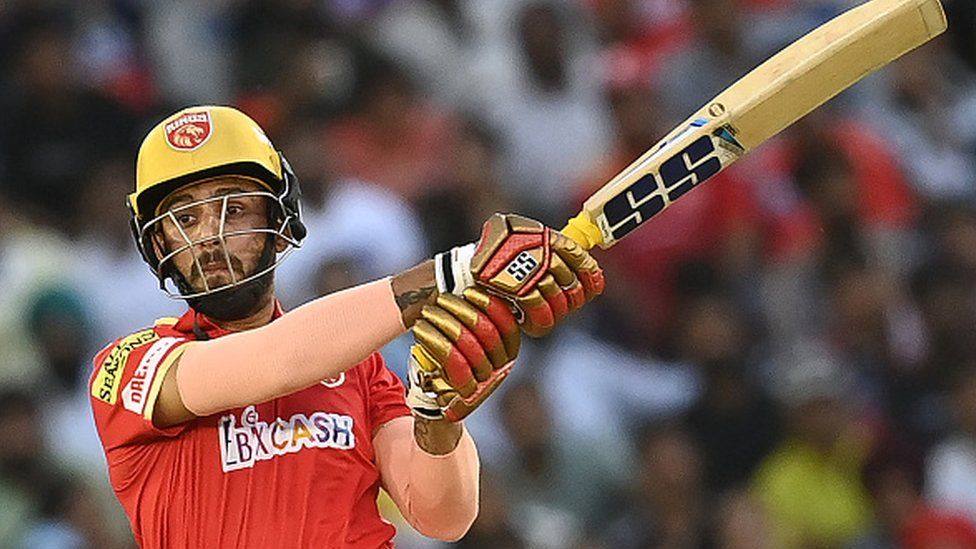
Before the IPL, Sharma was part of India’s T20 side but didn’t get a chance to make his debut in the playing eleven.
His consistency and fearless batting has made former cricketers back his inclusion in the Indian team.
Having played more than 60 first-class matches in domestic cricket, the 29-year-old is the only player from the Vidarbha team to score a century in Syed Mushtaq Ali Trophy, India’s domestic T20 cricket championship.
He has the right credentials for a national call-up.

Tushar Deshpande

The right-arm seamer has come a long way after last year’s IPL where he got to play only two matches for Chennai Super Kings. This edition, Tushar Deshpande formed an effective combo with Sri Lankan bowler Matheesha Pathirana. Having played all games for the CSK this season, Deshpande has flourished under the astute captaincy of MS Dhoni.
As a bowler he doesn’t come across as intimidating or has express pace, but he sticks to his ability and plan. Deshpande didn’t have a great start in first few matches – erring in his line and length. But backed by the team management and Dhoni, he bounced back to become CSK’s highest wicket-taker.
The 28-year-old is among the top-five wicket-takers in IPL 2023. With the experience of playing domestic cricket and for the Indian team, Deshpande could be an ideal option for the World Cup a few months away.
BBC News India is now on YouTube. Click here to subscribe and watch our documentaries, explainers and features.

Read more India stories from the BBC:
- The man who made Hindu nationalist politics acceptable
- India and Australia announce migration deal
- Is India batter Shubman Gill cricket’s next big thing?
- Indian wrestlers risk Olympic dream for ‘#MeToo’ protest
- Political row over India’s new parliament opening
- Indian banks start exchanging withdrawn top currency



